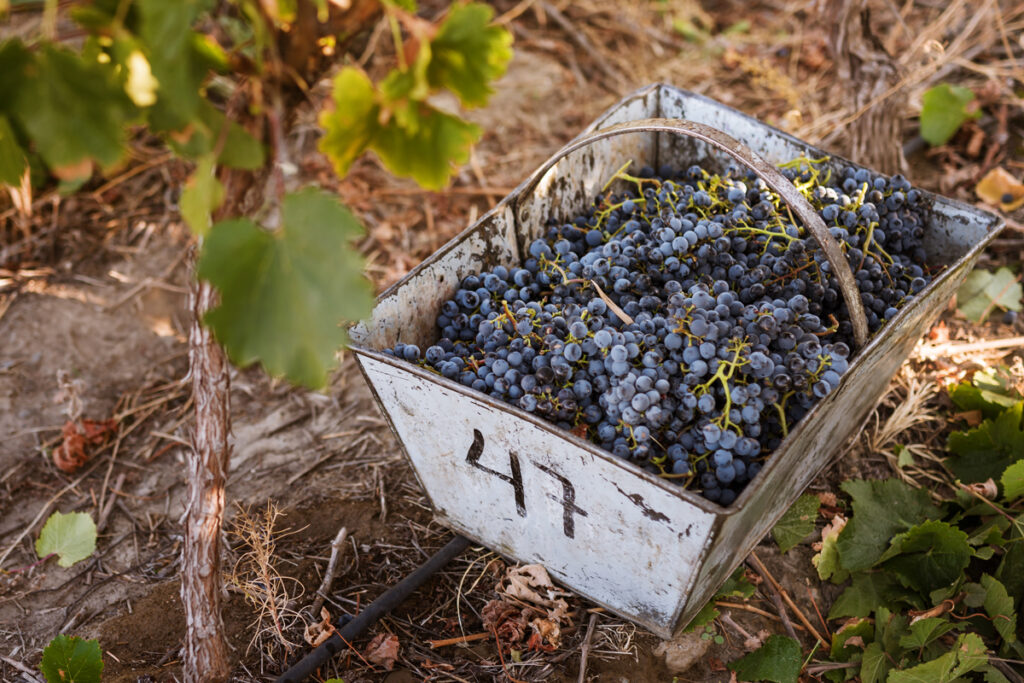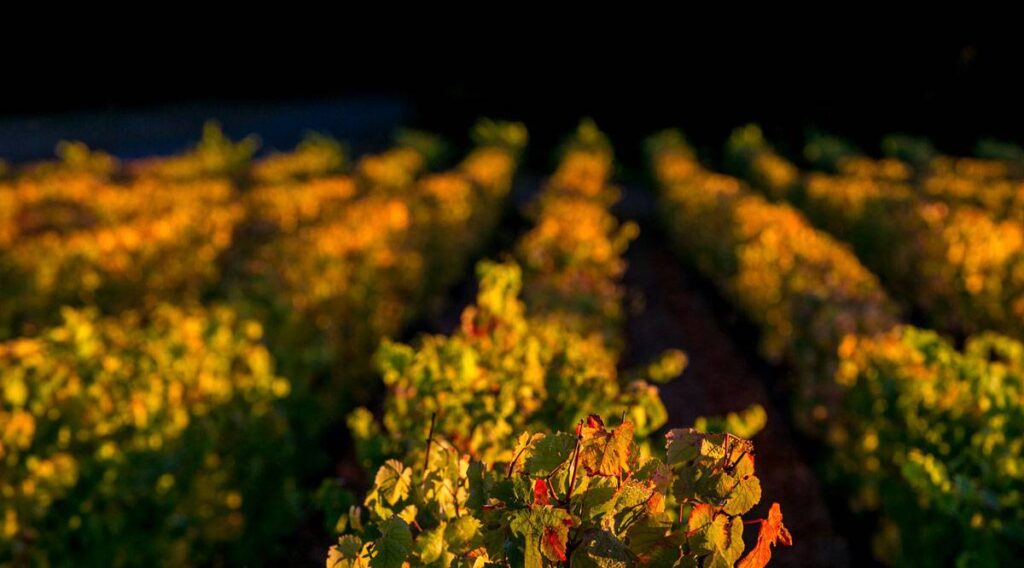Introducing the Riesling grape

Wine speaks to us.
Always.
You just have to be attentive to its “messages” sensory.
And, increasingly, one should look at a white wine as one used to look at a red wine: with admiration, confidence and curiosity.
Throughout the world, and in Argentina as well, white grape varieties are offering very pleasant surprises, although in reality it is not so much the wine that is changing, but the taste of the consumer who is discovering qualities and characteristics unnoticed in the past.
The Riesling grape gives its highest expression of quality in Germany (vineyards in the area of the Mosel River and its tributaries – the Saar and the Ruwer – and also in the Rhine River), as well as in France (Alsace) and other European countries, South Africa, Australia and New Zealand.
This grape variety is continually winning over new enthusiasts who used to prefer full-bodied, astringent reds, full of tannins, to any white, even those at the highest end of the wine market.
Are there reasons for this apparent paradigm shift?
The answer is yes.
The grape and its history
Although the origins of this variety are unclear, there are references as early as the 9th century, when Ludwig II of Germany (grandson of Emperor Charlemagne) had the Trollinger and Orleaner vines uprooted and Riesling planted in their place.
The 16th century was the golden age of wine in Germany in general and of this grape variety in particular.
In 1716, Prince-Abbot Constantin of the Imperial Abbey of Fulda published documents dating back to the 15th century in which the word “Riesling” is mentioned for the first time in literature.
The grape has a special feature that is difficult to match in other relatives whites: it has a succulent, elegant and sweet profile that is out of the ordinary, while at the same time maintaining a high level of acidity that is remarkably tasty.
Sweetness and acidity are two natural wine preservatives.
A varietal in a state of grace
Obviously, a great wine comes only from an exceptional vineyard.
This is the case of Rutini Riesling 2021 Collection This is the first grape varietal exponent of the winery, 100% made from selected clusters in the beautiful landscape of Tupungato (Alto Valle de Uco), and aged for four months in new, lightly toasted French oak.
These young vines are made up of stony soils, with high infiltration and therefore very good drainage, which help to achieve the balance of each vine, and are extraordinarily healthy.
In this case, the average altitude (1,000/1,200 meters above sea level) benefits the vineyards by creating a terroir with a temperature range of around 20º C, which gives strength to more colorful clusters with well-defined aromatic descriptors.
Already, its pale yellow tones, with steely and grayish reflections, and some greenish touches shine in the glass with an attractive seductive air.
The aromatic garden with subtle terpenes (substances typical of some plants and trees) that appears on the nose with its fresh and dried white flowers, mountain herbs, hay, white pepper, gives way immediately to the appreciable fruity expression, where refreshing citrus notes appear -they are dominant- that greatly expand its volume, expression and structure in the mouth.
This Riesling covers the palate with an ethereal dryness that recalls, at the end, the slight bitter accent of almonds; it runs throughout the mouth with clean notes and a certain mineral hint, while the fruitiness emerges with hints of white peaches and pears. William. The remarkable dry character (due to the well-balanced acidity) is of such elegance that each sip of this great white delights as if it were the first.
Some lightness may be perceived pungencythat discreet tingle typical of the wines “needlepoint” Spanish wines and, of course, more tangible in the sparkling wines that give away their bubbles of natural carbon dioxide gas; hence, also, their uniqueness.
Enjoying Riesling
A great wine is, like a plate of food, a sort of sensory journey that challenges the drinker, presenting him with his DNA native, native, to which is added in this case the impetus of aromas, flavors, textures and aftertaste that only a New World vineyard can deliver.
Freshness and an acidity that has gone through its medium maturation are qualities that Riesling has to accompany a wide list of dishes and recipes: Oysters, Fish ceviche, Green asparagus with Parmesan, Green salads and crudités, Blinis with fish roe, Crustaceans in general (prawns, lobster, shrimps), dishes where fresh, smoked or gravlaxed pink salmon (dumplings, rouladeSushi and Sashimi, Scallop Risotto, Frog legs with parsley sauce, Trout fillets, Cod heart, Belgian style mussels, Quiche Lorraine, Pasta with carbonara and Alsatian specialties, such as the Sauerkraut garniein the foreground.
The fact that it is a white wine does not prevent it from being an excellent accompaniment to beef ribs with morel cream, beef blanquette, lacquered pork fillets or rabbit in white wine.
Oriental cuisines (China, Korea, Thailand, India) benefit from the agreement with Riesling for classic dishes such as prawn curry, beef dim sum or spicy noodles.
And there are styles of goat cheese (creamy) and cow cheese (Gruyère, Provolone) that achieve a perfect marriage with this versatile white.


